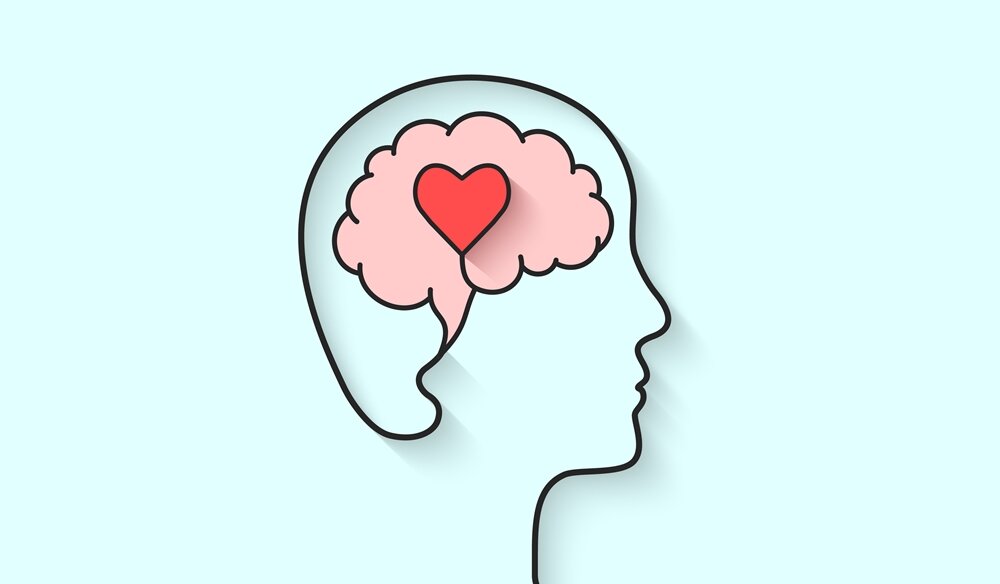Poverty and mental health forms a vicious cycle where the stressors of a low-income environment links to greater risks of severe poor mental health. Poor environmental conditions can lead to social stigmatization, trauma, and in extreme cases, catalyzed maturity in children experiencing the negative impacts of poverty.

In 2014, 46.7 million people were living at or below the federal poverty level with 20% of all children living in low-income households. The adversities faced by children living in a low-SES household accumulate and affect their mental health in the short- and long-run.

Low-income families are burdened with high living costs. The overwhelming pressure of maintaining a happy and healthy family can be mentally exhausting on the caregivers as if they do not provide enough, it may provide a sense of inadequacy (1).
As of now, there are no solid federal public policies that address the poverty-driven barriers to accessing quality mental healthcare. Additionally, numerous insurances do not cover professional therapy and those affected by poverty are typically not medically insured.
Canadian counterparts have suggested possible solutions to providing mental health resources in their article “Children’s mental health: Is poverty the diagnosis?”.
However, recommendations for providing mental health services through primary care providers to low-income communities exist. There are 3 main categories to focus on: education and training, clinical infrastructure, and multidisciplinary teams
- Ratcliffe C, McKernan S. Childhood Poverty Persistence: Facts and Consequences. Washington, DC: The Urban Institute; 2010.
- Hodgkinson, S., Godoy, L., Savio Beers, L., Lewin, A., Improving Mental Health Access for Low-Income Children and Families in the Primary Care Setting. National Library of Medicine: Pediatrics; 2017.
